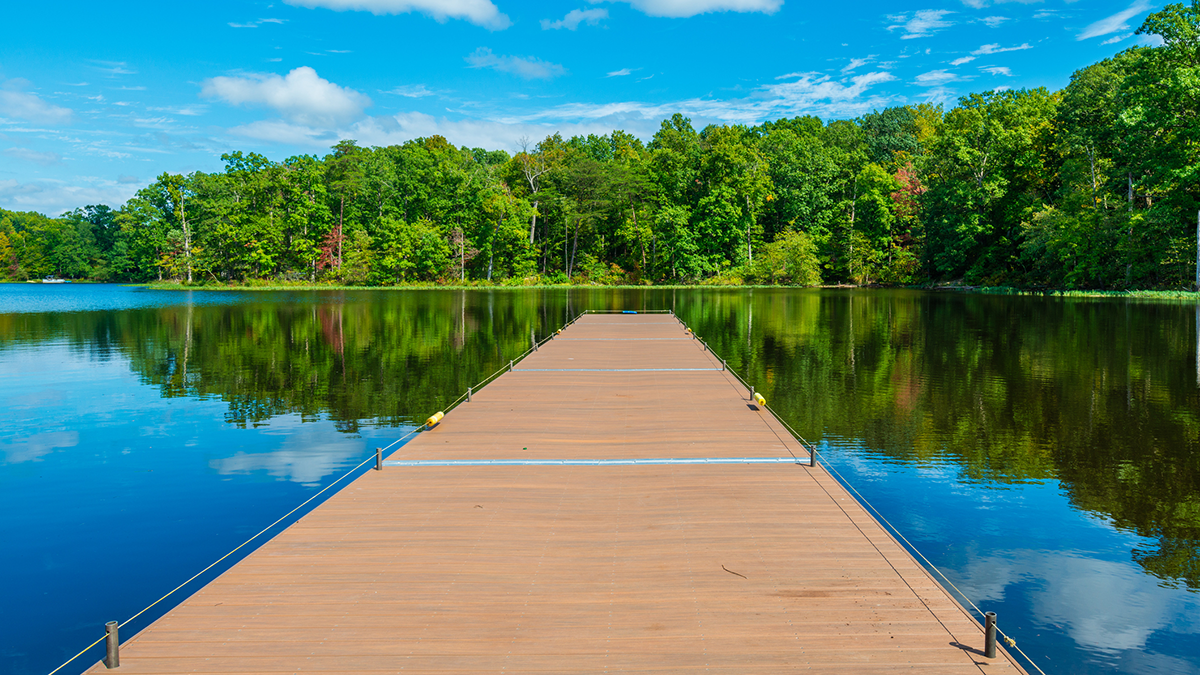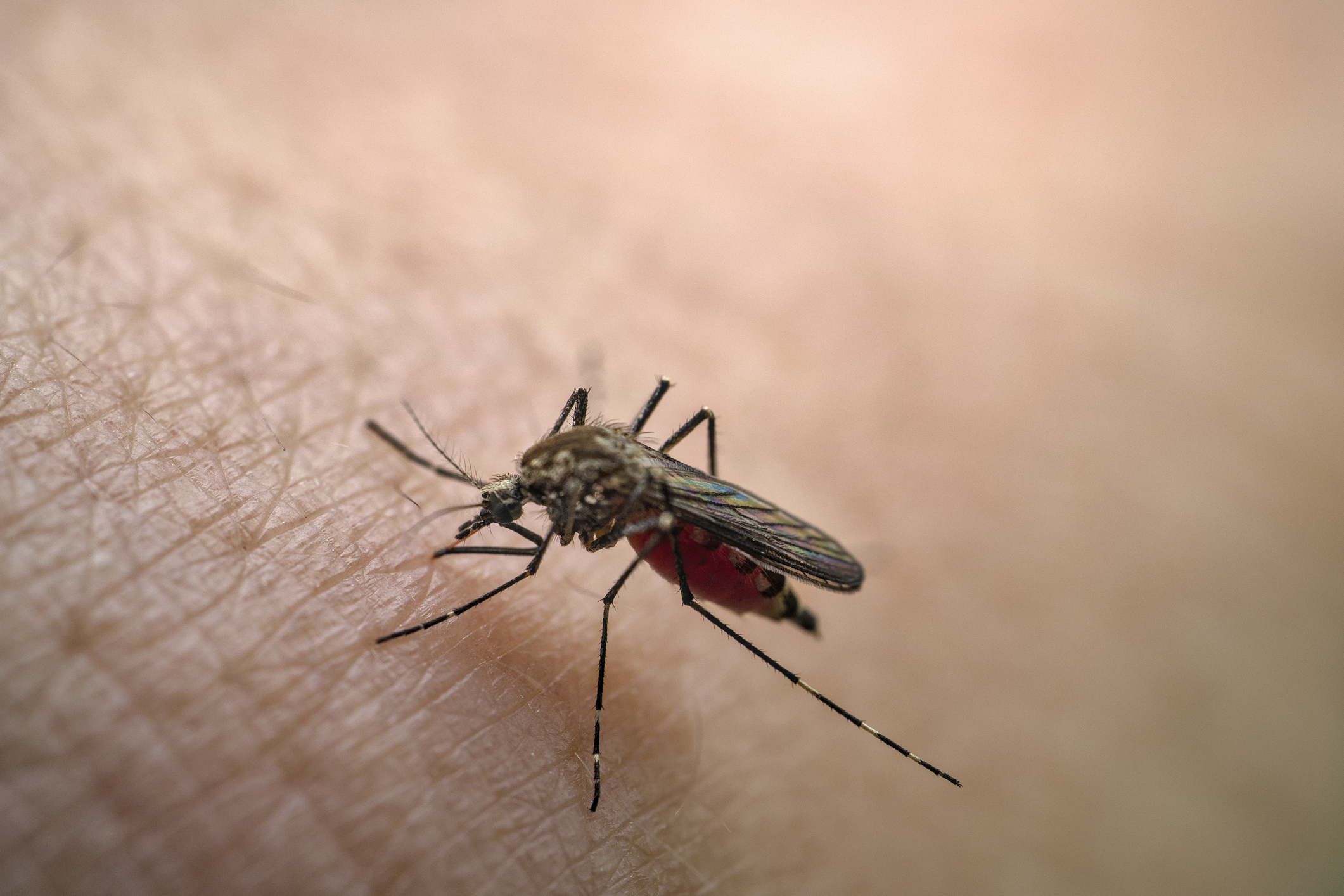A boil water advisory has been lifted for the entire District of Columbia and Arlington County, and tap water never fell below water quality standards, officials said Thursday.
DC Water announced the boil water advisory was lifted as of 7:30 a.m. Thursday. Arlington County also said residents could safely drink their tap water.
"It was confirmed that drinking water provided by the Washington Aqueduct never deviated from U.S. EPA established water quality standards as had been anticipated," DC Water said.
“We were able to lift the advisory so quickly because as we monitored the water that we were putting out, the water never fell out of tolerance, out of compliance with the EPA’s safe water, safe drinking water standards,” Col. Estee Pinchasin of the U.S. Army Corps of Engineers said.
We've got the news you need to know to start your day. Sign up for the First & 4Most morning newsletter — delivered to your inbox daily. Sign up here.
Since the water was always in compliance and the boil water order was issued out of an abundance of caution, the warning was quickly lifted, Pinchasin said.
On the eve of Independence Day, people in affected areas were told they shouldn't consume their tap water until they treated it at home. The Pentagon, Arlington National Cemetery and Reagan National Airport were also affected.
DC Water says it has no evidence of contamination, but the boil advisory was in effect as a precaution while it tested the water. Arlington said the advisory is out of an abundance of caution.
The Army Corps. of Engineers saw increased cloudiness – called turbidity in technical terms – in water taken from the Washington Aqueduct, which services the District and Arlington County. Turbidity could provide a medium for microbes to grow and could indicate the presence of disease-causing organisms, the water authority says. It can also impact the effectiveness of the water treatment process.
"Elevated turbidity levels in water supply [are] caused by increases in algae blooms in the Potomac River," the Army Corps. of Engineers said. These blooms -- which are made by the growth of algae -- "generally occur during high temperatures, causing conditions in water where nutrient levels are high," the corps said. Some algae blooms, but not all, are harmful.
People were seen grabbing packs of water bottles at grocery stores as early as 6 a.m. on the Fourth of July.
The last time the entirety of D.C. was under a boil water order was 1996. It took a week for the order to be lifted.
According to Storm Team4, much of the Potomac watershed is currently under moderate to severe drought conditions due to our hot and dry start to summer.
Heat, drought affecting Potomac River led to concerns
Although water in D.C. and Arlington was always safe to drink during the boil water order, the scare is a reminder of why it’s important to protect the Potomac River.
Several factors contributed to conditions that allowed algae to flourish, which meant local water authorities had to step up their efforts to protect the drinking water supply, Storm Team4 Meteorologist Ryan Miller explained.
First, there's runoff. Lots of farmland surrounds the Shenandoah River, which feeds into the Potomac River. Animal waste and fertilizer containing compounds including phosphorus and nitrogen can flow into the water supplies, prompting algae growth.
Second, there's the heat. Water in the Potomac River is very warm right now, kick-starting algae growth. Finally, there's drought. Less water flowing through D.C. area rivers means more opportunities for algae to grow.
"Algae actually ends up causing complications for the process, the equipment, the chemicals and everything used to make our water safe. That is why we had that abundance of caution, and had the advisory," Miller said.

Where is the boil water advisory in effect?
The boil water advisory has ended.
Water customers across DC and Arlington County were told to treat water before consuming it. There was one exception: Arlington County water customers in the Willston Pressure Zone, a small section of the county that borders Fairfax County, are not affected. Here's a map of that area.
“Unlike advisories issued as the result of large water main breaks, water use can resume immediately, and all tests show it is safe to drink and meets all federal and state standards,” Arlington County said.
How to treat your tap water and stay safe
When under a boil water advisory, affected residents should boil any water that will be drunk or ingested. DC Water said that cold water should be run for two minutes prior to boiling. Water should be brought to a rolling boil for one minute before cooling and storing in a clean, covered container.
DC Water has also advised residents to discard any beverages and ice made after 9 p.m. on Wednesday.
Boiled water or bottled water can be used for drinking, brushing teeth, preparing and cooking food, washing fruits and vegetables, preparing infant formula, making ice, washing dishes by hand and giving water to pets, DC Water said.
Be cautious when showering. When bathing infants and small children, consider using bottled water in case it's swallowed.
Home filter devices are not a suitable substitute for boiling water, DC Water said.
When will the boil water advisory end?
DC Water says the increased cloudiness means water treatment must be adjusted to account for any potential contamination.
The advisory was set to be in place until testing confirmed the water is safe to drink. DC Water said the advisory was lifted at 7:30 a.m. Thursday.
Fairfax Water customers don't need to boil their water, either. Fairfax Water said it stopped receiving water from the aqueduct early on July 3.
WSSC water customers in Montgomery and Prince George's counties are not included in the advisory.
"If you are a WSSC Water customer in Montgomery and Prince George’s counties, your water is safe to consume and does NOT need to be boiled," that water authority said.
News4 sends breaking news stories by email. Go here to sign up to get breaking news alerts in your inbox.



